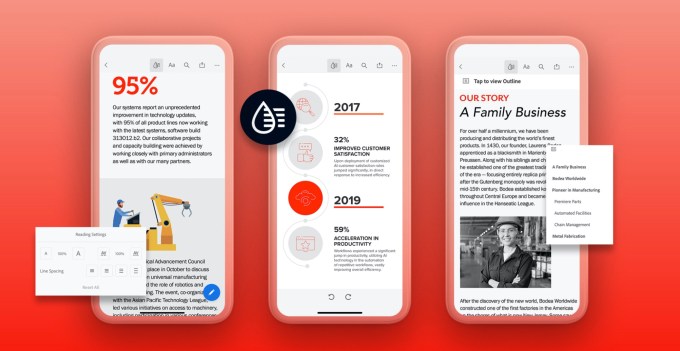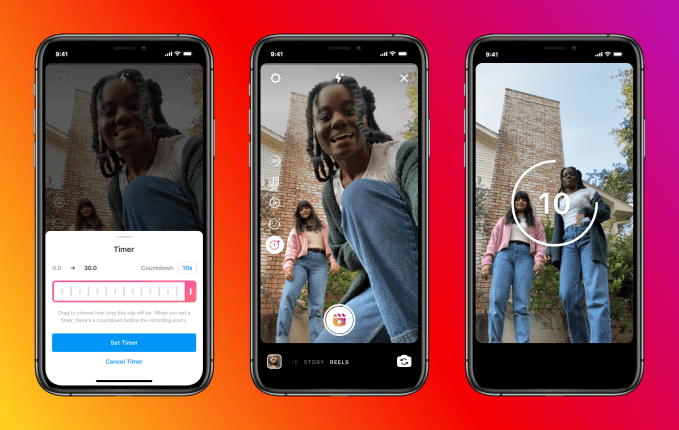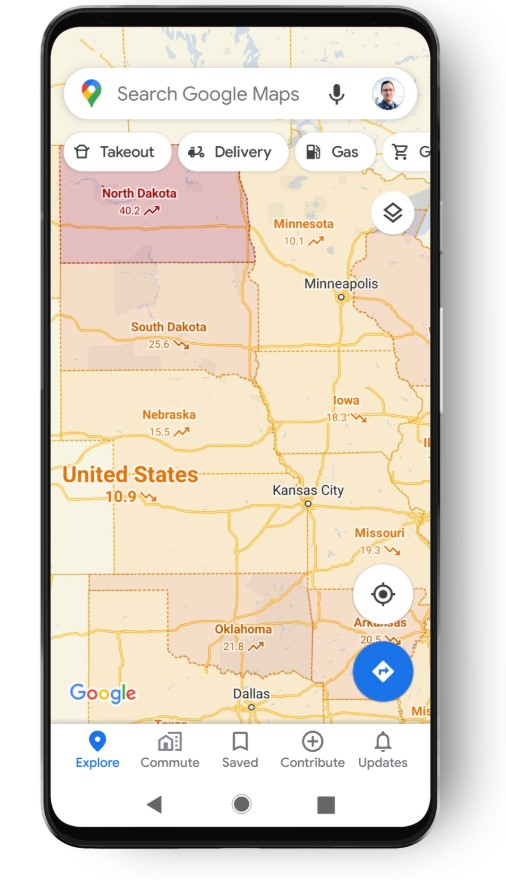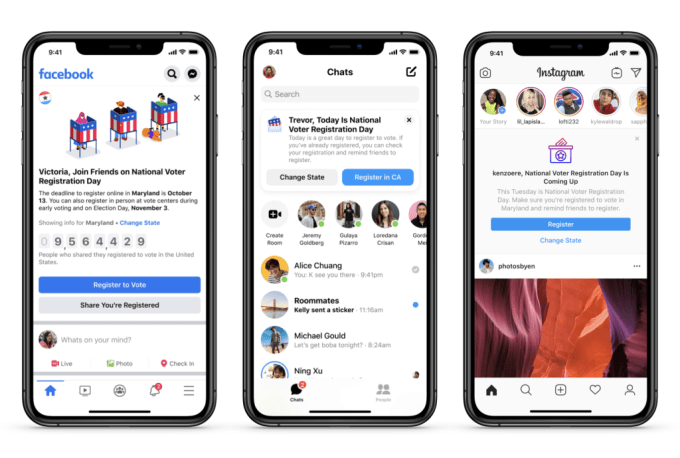Facebook’s head of global policy has denied the tech giant could close its service to Europeans if local regulators order it to suspend data transfers to the US following a landmark Court of Justice ruling in July that has cemented the schism between US surveillance laws and EU privacy rights.
Press reports emerged this week of a Dublin court filing by Facebook, which is seeking a stay to a preliminary suspension order on its EU-US data transfers, that suggested the tech giant could pull out of the region if regulators enforce a ban against its use of a data transfer mechanism known as Standard Contractual Clauses.
The court filing is attached to Facebook’s application for a judicial review of a preliminary suspension order from Ireland’s Data Protection Commission earlier this month, as Facebook’s lead EU data supervisor responded to the implications of the CJEU ruling.
“We of course won’t [shut down in Europe] — and the reason we won’t of course is precisely because we want to continue to serve customer and small and medium sized businesses in Europe,” said Facebook VP Nick Clegg during a livestreamed EU policy debate yesterday.
However he also warned of “profound effects” on scores of digital businesses if a way is not found by lawmakers on both sides of the pond to resolve the legal uncertainty around US data transfers — making a pitch to politicians to come up with a new legal ‘sticking plaster’ for EU-US data transfers now that a flagship arrangement, called Privacy Shield, is dead.
“We have a major issue — which is that for various complex, legal, political and other reasons question marks are being raised about the current legal basis under which data transfers occur. If those legal means of data transfer are removed — not by us, but by regulators — then of course that will have a profound effect on how, not just our services, but countless other companies operate. We’re trying to avoid that.”
The Facebook VP was speaking during an EBS panel debate on rebooting the regional economy “towards a green, digital and resilient union” — which included the EU’s commissioner for the economy, Paolo Gentiloni, and others.
Discussing the Dublin legal filing, Clegg suggested that an overenthusiastic reporter “slightly overwrote” in their interpretation of the document. “We’ve taken legal action in the Dublin courts to — in a sense — to try to send a signal that this is a really big issue for the whole European economy, for all small and large companies that rely on data transfers,” he said.
Clegg went on to claim that while Facebook being forced to suspend data transfers from the EU to the US “would of course be very bad for Facebook” the impact of such an order “would be absolutely disastrous for the economy as a whole”.
“What is at stake here is quite a big issue that in the end can only be resolved politically between a continued negotiation between the US and the EU that clearly is not going to happen until there’s a new US administration in place after the transition period in the early part of next year,” he said, indicating Facebook is using Ireland’s courts to try to buy time for a political fix.
“We need the time and the space for the political process between the EU and the US to work out so that companies can have confidence going fwd that they’re able to transfer data going forward,” he added.
Clegg also sought to present Facebook’s platform as a vital component of any regional economy recovery — talking up its utility to European SMEs for reaching customers.
Some 25M European companies use its apps and tools, he said — impressing that the “vast majority” do so for free and further claiming activity on Facebook’s ad platform could be linked to sales of 208BN, and 3M+ jobs, per independent estimates.
“In terms of the economic recovery, our most important role is to continue to provide that extraordinary capacity for small businesses to do something which in the past only big businesses could do,” he said. “In the past only big businesses had the fancy marketing budgets and could take out bill boards and television and radio ads. The transformational effect of social media and Facebook in part economically speaking is that it’s levelled the playing field.”
Clegg went further on this point — linking the mass exploitation of Internet users’ personal data to the economic value generated by regional businesses via what he badged “personalized advertising” — aka “Facebook’s business model”.
“The personalized advertising model allows us to do that — allows us to level the playing field,” he claimed.
The tech giant’s processing of Europeans’ personal data remains under investigation on multiple fronts by EU regulators — meaning that as well as the clear threat to its US transfers Facebook’s core business model risks being unpicked by regulators if it faces enforcement action over multiple claimed data protection violations in future.
“I’m acutely aware that it is a business model that has plenty of criticism aimed at it and there’s a totally legitimate debate which rages in Brussels and elsewhere about how Facebook gathers, stores and monetizes data — and that is a totally legitimate and ongoing debate — but I hope people will not overlook that that business model has one ingenious benefit, amongst others, which is that it allows small businesses to operate on the same basis as big businesses in reaching their customers,” he said.
Never one to waste a lobbying opportunity, Clegg argued the pandemic has made this capacity “even more important” with EU populations under lockdown and fewer opportunities for businesses to engage in face to face selling.
Taxing times
The knotty issue of digital tax reform also came up during the debate.
Gentiloni reiterated the Commission position that it wants to see global agreement on reforming tax rules to take account of the shift to online business but he said the bloc is willing to go ahead with a European digital tax if that effort fails.
“We can’t remain with the model of the previous century,” he said, before going on to flesh out the challenges facing global accord on the issue. “We don’t want to be the one breaking this OECD process. To be honest, there was a lot of progress in this thing that we call ‘inclusive framework’ — more than dozens of countries working together and reaching something like an agreement on a new form of digital tax but then one single country — but a very important one — is not agreeing with this solution, is proposing a different one. But this different solution, the so called ‘Safe Harbor’, appears a little bit like an optional solution and it’s a bit difficult to conceive of an optional solution because of course you don’t pay ‘optional taxes’, I don’t think so. But we are still committed towards the end of this year to try to find this solution.
“My absolute preferred solution would be a global one. For many reasons — for avoiding tensions among different countries, and for facilitating for business the payment of taxes — but I want to say very clearly that we have a second best solution which is a European digital taxation because the alternative to this would be to have, as we already have in legislation, a French one, an Italian one, a Spanish one and I don’t think this is a good solution for Facebook or other companies. So we’re working for global but if global is not possible we will go European.”
Facebook’s Clegg said the company “will pay the taxes that are due under the rules that operate”, adding that if there is a European digital tax it will “of course” abide by it. But he too said Facebook’s preference is for a global arrangement.
 Read Full Article
Read Full Article













